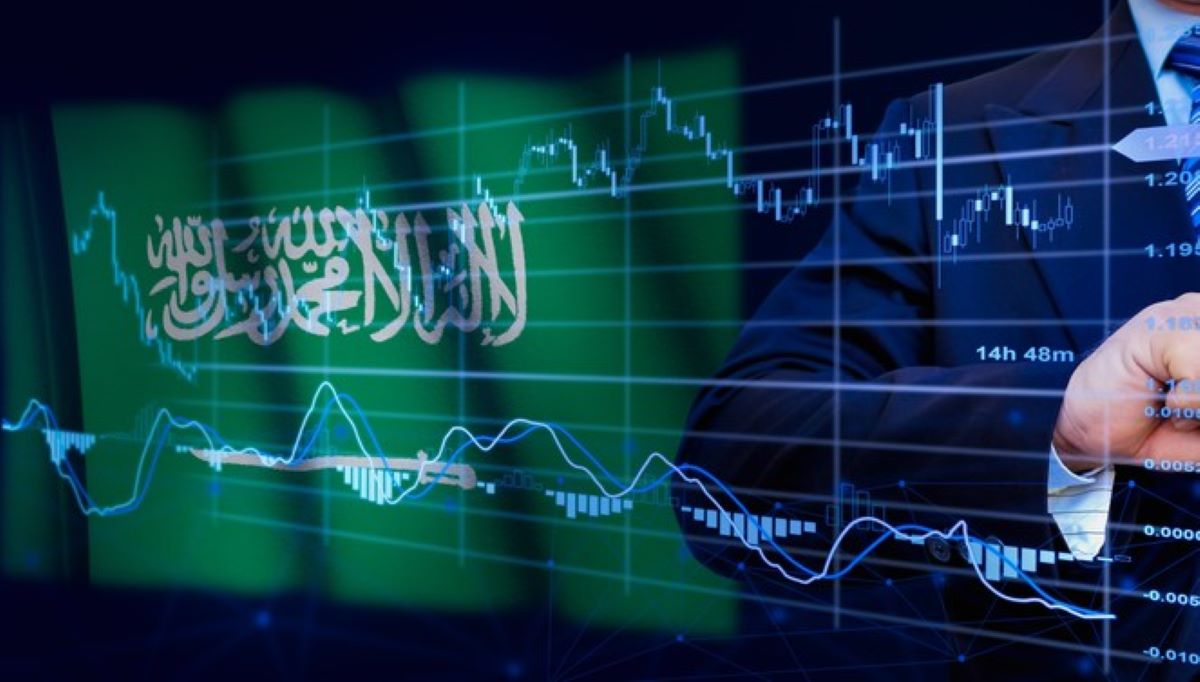S&P Global (S&P) credit rating agency affirmed Saudi Arabia’s rating at “A/A-1” and said the kingdom will return to fiscal surpluses in 2024 due to rising crude oil production as well as growth in its non-oil economy.
The A/A-1 rating indicates a debtor’s strong ability to meet its financial obligations. This ranking reflects the success of the Kingdom’s fiscal sustainability policy, which the Kingdom has been seeking in recent years, to ensure that there is no fluctuation in budget revenues.
“Reforms in the past few years, including measures to drive non-oil economic growth and broaden the non-oil tax base, along with significant social liberalization, should continue to improve Saudi Arabia’s economic and financial situation,” the rating agency said.
Saudi Arabia’s economy grew 1.2 percent in the second quarter at a slightly faster pace than initial estimates, driven by a sharp expansion in the non-oil sector of the Arab world’s largest economy.
The kingdom’s gross domestic product at current prices reached 970 billion riyals ($258.66 billion) in the three months to the end of June, the General Authority for Statistics said earlier this month.
The non-oil sector grew 6.1 percent year-on-year, beating the fastest preliminary estimate of expansion of 5.5 percent in the three-month period.
Read: Inflation rate dropped to 2 percent in August
This month, Saudi Arabia said it would extend its voluntary production cut of one million barrels per day until the end of 2023.
S&P said in a report that its ranking builds on the momentum of sustainable reform in Saudi Arabia in recent years, which included measures to boost non-oil economic growth, supported by non-oil investments led by the Public Investment Fund, expanding the non-oil tax base, and significant social liberalization, against the backdrop of a growing population driving consumer demand.
“These factors combine with Saudi Arabia’s longstanding and unique position as the world’s largest oil producer, its leadership role in OPEC Plus, and its ability to influence global oil prices,” the report said.
“From 2024 onwards, we expect higher global oil demand to increase Saudi production levels, and this, along with non-oil growth, will lead to a recovery in GDP growth to an average of 3.4 percent in 2024-2026,” she added.
The International Monetary Fund confirmed this month that the growth momentum of Saudi Arabia’s non-oil sector continues despite a decline in overall growth. It welcomed “the impressive efforts that have already begun to mobilize non-oil revenues and have resulted in doubling non-oil revenues since 2017.”
The S&P report stated that the structural diversification of the economy away from oil and crude production continues, with the non-oil sector accounting for more than half of GDP. He said the government will continue to pursue the ambitious Vision 2030 program announced in 2016, driving the growth of the non-oil economy by investing in planned economic diversification projects, Saudization of the workforce, increasing female labor force participation, improving the business environment, and broader socio-economic liberalization.
For more on the economy, click here.




